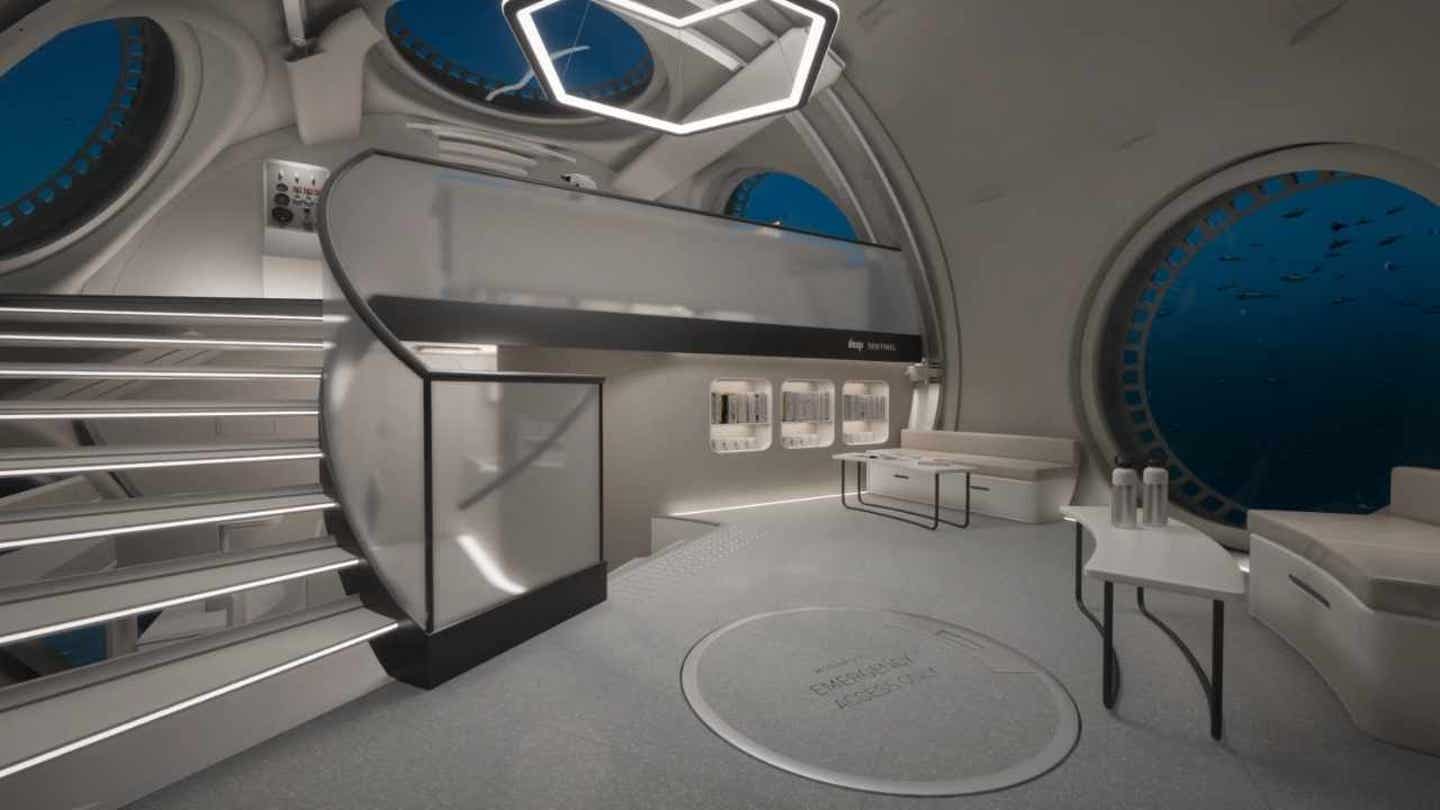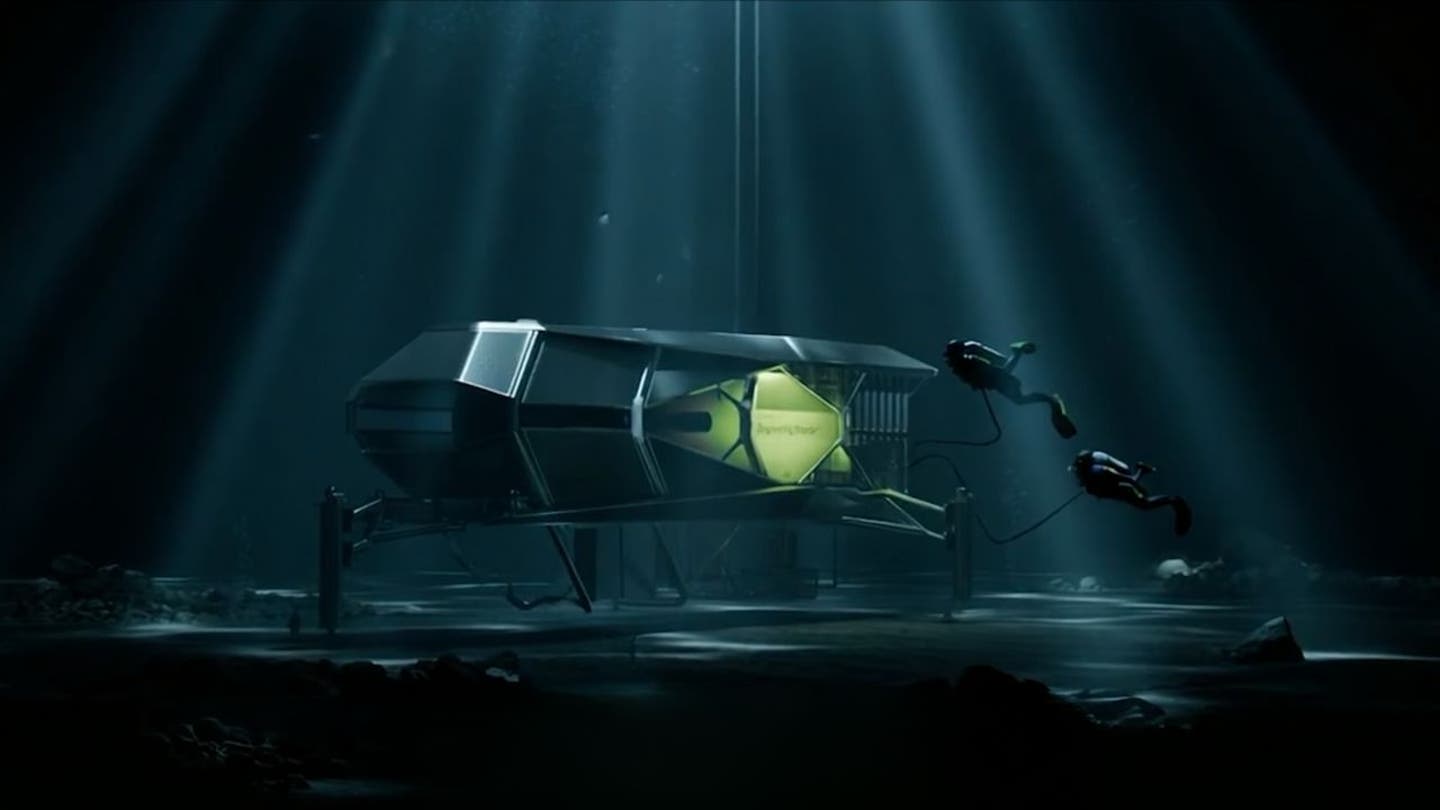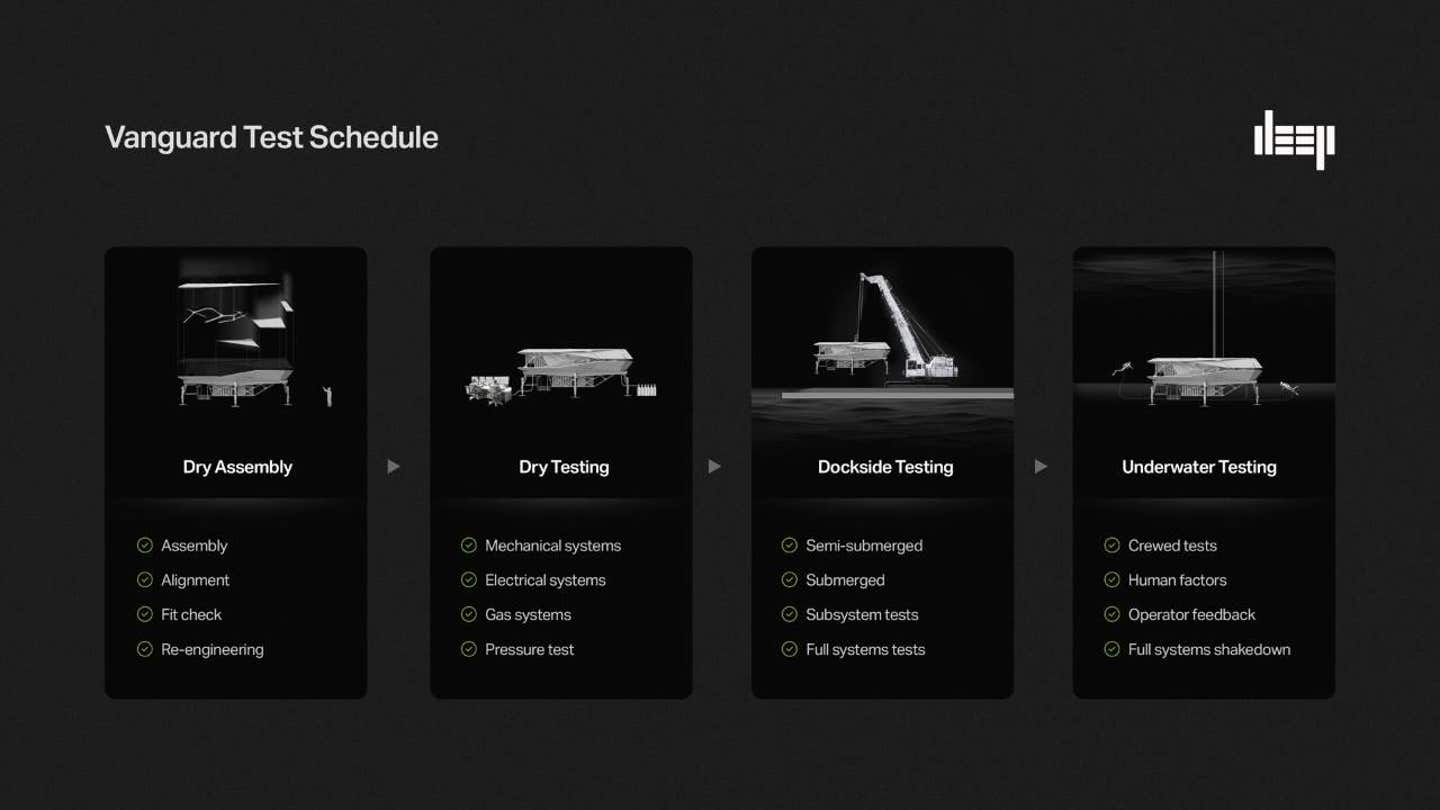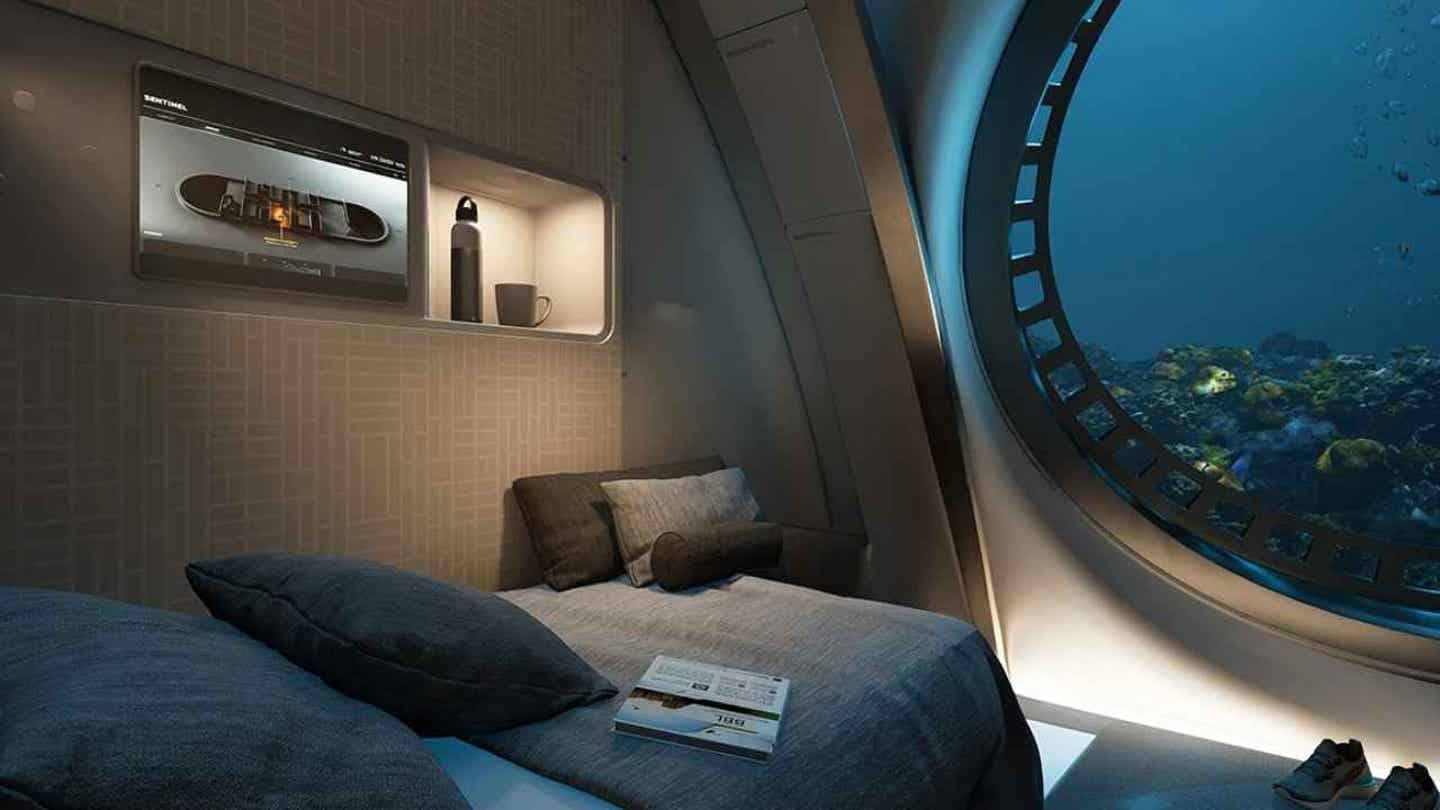NEWYou can now listen to articles!
As the world grapples with environmental challenges and explores new opportunities, the concept of living underwater is gaining significant traction.
While colonies on the moon and Mars grab headlines, scientists and engineers are focusing on the ocean floor, a mysterious and unexplored frontier much closer to home.
NAVY’S NEXT-GENERATION SUBMARINE PROGRAM FACES ALARMING DELAY TO 2040
Vanguard underwater habitat. (Deep)
The history of underwater living
Underwater habitats are not a new concept. In the 1960s, Jacques Cousteau constructed and resided in underwater modules, demonstrating that humans could survive beneath the waves for short periods. Since 2001, NASA has been sending researchers to the Aquarius Reef Base off Florida’s coast, where they live and work for up to two weeks about 65 feet below the surface.
How technology is advancing underwater living
Recent advancements are making long-term underwater living a viable possibility. British company DEEP is developing two modular habitats intended for extended stays. These habitats utilize advanced manufacturing techniques such as Wire Arc Additive Manufacturing to construct sturdy, efficient structures that can withstand the intense pressure of the deep sea.

Sentinel underwater habitat. (Deep)
Can humans thrive underwater?
Living underwater poses challenges as humans require oxygen, sunlight, and stable pressure. Nevertheless, historical evidence shows that we can adapt to extreme environments. For example, astronauts have spent over a year at a time on the International Space Station, encountering challenges similar to those found underwater.
Recent experiments have shown promising results. German engineer Rudiger Koch spent 120 days in a submerged capsule without any health issues. Similarly, Professor Joseph Dituri lived underwater for 100 days and emerged healthier, with improved sleep, reduced cholesterol levels, and even a younger biological age.
Vanguard underwater habitat: DEEP’s prototype for ocean living
The Vanguard underwater habitat serves as DEEP’s innovative engineering prototype for advancing underwater living. Vanguard is a compact underwater module designed for short-term missions that can accommodate up to three individuals. It enables DEEP to test new designs and technologies in real-world conditions and gather valuable user feedback.

Vanguard underwater habitat. (Deep)
How the Vanguard underwater habitat is built and tested
The development of the Vanguard underwater habitat commences with dry assembly. All components, including the wet porch and pressure vessel, are constructed, tested, and assembled on land. Subsequently, dry testing is conducted by pressurizing the vessel with air to check for leaks and ensure it can maintain the required ambient pressure.
WHAT IS ARTIFICIAL INTELLIGENCE (AI)?
Following that, dockside testing begins. The habitat is positioned in water next to a dock for gradual submersion, facilitating tests for water-tightness and electrical safety.
Finally, full underwater testing is carried out. During this phase, Vanguard functions on the seafloor, receiving air, power, water, and communications from the surface. This final stage provides crucial insights into how individuals live and work in the habitat, aiding DEEP in enhancing Vanguard and designing the larger Sentinel system.

Vanguard underwater habitat test schedule. (Deep)
Why the Vanguard underwater habitat matters
Success with the Vanguard underwater habitat will showcase the possibilities for underwater missions, reducing time, costs, and weather risks for deep-sea operations. Additionally, it can unlock new discoveries beneath the ocean’s surface.
GET FOX BUSINESS ON THE GO BY CLICKING HERE
Sentinel: Extended underwater living
The larger Sentinel subsea habitat system offers comfortable living quarters, research facilities, and panoramic views, supporting stays of up to 28 days at depths of up to 656 feet. By maintaining researchers in a “saturated” state, DEEP minimizes the risk of decompression sickness, enabling longer and safer underwater residencies. According to the company’s website, Sentinel is expected to be operational by the end of 2027.
These habitats will aid scientists in studying the ocean and the effects of prolonged underwater living, marking a significant step towards a permanent human presence beneath the sea.

Sentinel underwater habitat. (Deep)
Kurt’s key takeaways
The ocean presents immense challenges and incredible opportunities. As innovation progresses, underwater living could become the next major frontier. We may soon witness the establishment of permanent ocean habitats, leading to discoveries that revolutionize our understanding of life on Earth.
CLICK HERE TO GET THE FOX NEWS APP
Would you be willing to forego sunlight to reside beneath the sea? Let us know by contacting us at Cyberguy.com/Contact.
Sign up for my FREE CyberGuy Report
Receive my top tech tips, urgent security alerts, and exclusive deals directly in your inbox. Plus, gain instant access to my Ultimate Scam Survival Guide – complimentary when you subscribe to my CYBERGUY.COM/NEWSLETTER.
Copyright 2025 CyberGuy.com. All rights reserved.
Kurt “CyberGuy” Knutsson is an award-winning tech journalist with a profound passion for technology, gadgets, and gear that enhance life. He contributes to Fox News & FOX Business, appearing in the mornings on “FOX & Friends.” Have a tech query? Receive Kurt’s free CyberGuy Newsletter, share your thoughts, story ideas, or comments at CyberGuy.com.





